Tie Paracord skillfully to discover creative opportunities in crafting. With dedication, you’ll master paracord tying and fashioning robust designs. Paracord, short for parachute cord, is a versatile, durable nylon rope that has become a favorite among outdoor enthusiasts, survivalists, and crafters.
This lightweight and robust cordage used initially in parachutes during World War II can be used for many purposes beyond its initial military applications. Learning to tie paracord knots opens up a world of possibilities, allowing you to create everything from practical gear to fashionable accessories.
The most popular type is the 550 paracord, which has a minimum breaking strength of 550 pounds, hence its name. Its strength-to-weight ratio, durability, and flexibility make it an excellent choice for numerous applications.
Advantages of Learning to Tie Paracord
Versatility and Practicality
Learning how to tie paracord knots empowers you with practical skills. From making survival bracelets to securing gear during outdoor activities, paracord knots are essential for crafting reliable tools.
Emergency Situations
In emergencies, paracord can be a lifesaver. It can build shelters, create tourniquets, or fashion a makeshift stretcher.
Artistic Expression
Paracord’s vibrant colors and intricate designs offer a creative outlet. Crafting decorative knots can result in visually stunning pieces of art.
Essential Paracord Knots for Beginners
Mastering the fundamental paracord knots is the first step towards becoming a proficient knot tier. Here are some essential knots to start with:
Hitches and loops
Hitches and loops are fundamental elements of knot tying that fall under “bends” and “end-of-line” knots. They serve various purposes and are commonly used in everyday situations, outdoor activities, and crafting.
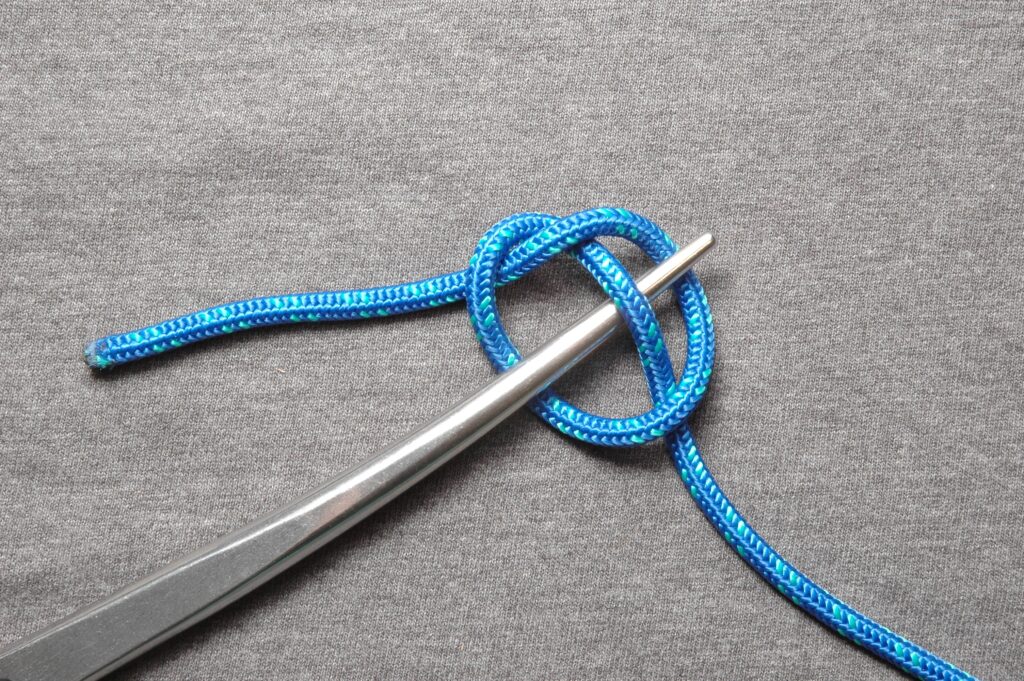
Hitches
A hitch is a knot that attaches a rope to an object, such as a pole, post, or string. The hitch knot is designed to be secure under tension but easily adjustable or removable when necessary. This versatility makes hitches popular for various practical applications.

Common Types of Hitches
Half Hitch: The half hitch is one of the most superficial and common hitch knots. It involves wrapping the rope around an object and passing it through the loop created. It can secure items to a fixed point or as the foundation for more complex knots.
Clove Hitch: The clove hitch is an easy-to-tie and reliable knot. It consists of two consecutive half hitches and is often used for fastening ropes to poles or tree branches.
Timber Hitch: The timber hitch is ideal for attaching a rope to a cylindrical object, like a log or pole. It is commonly used in outdoor activities such as camping and boating.
Loops
Loops are knots that create a closed circle or ring within a rope, providing an easily accessible attachment point. Loops are handy for creating handles, lanyards, and keychains or securing items with carabiners or hooks.
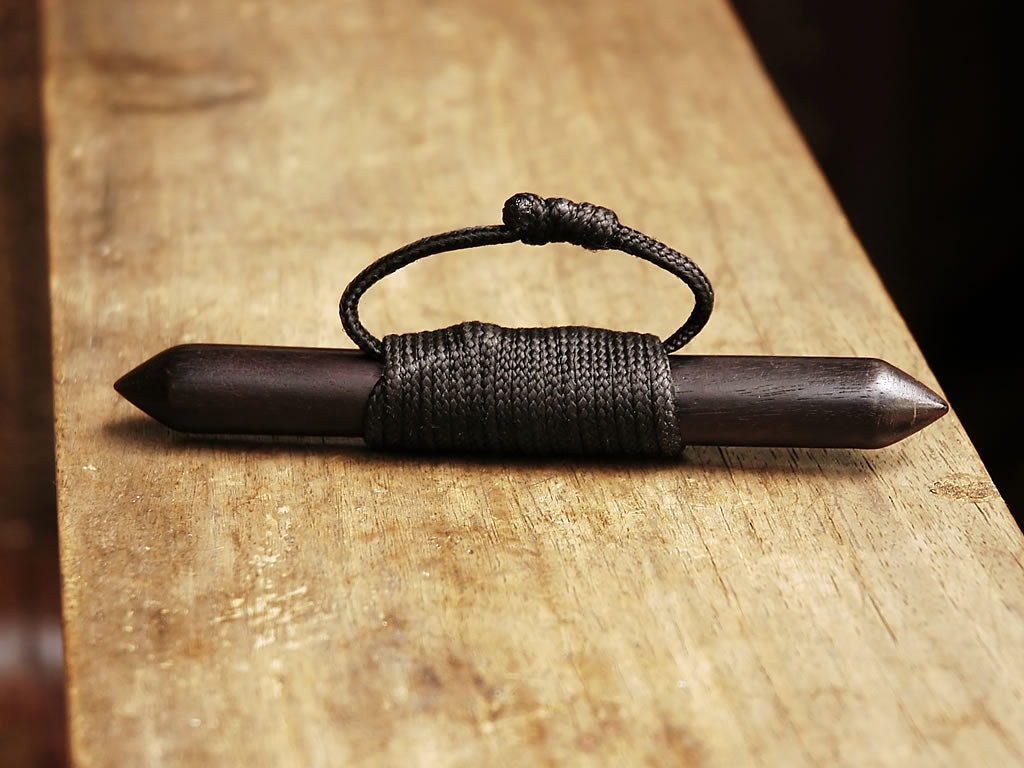
Common Types of Loops
Overhand Loop: The overhand loop is the simplest loop knot, formed by creating a single overhand knot, leaving a loop at the end. It’s easy to tie and untie and can serve as a temporary handle or attachment point.
Bowline: The bowline is a versatile loop knot that creates a secure, non-slipping loop. It is known for its strength and is often used in outdoor and nautical activities, such as rock climbing and sailing.
Alpine Butterfly Loop: The alpine butterfly loop creates a fixed loop in the middle of a rope. It is commonly used when a circle needs to be built at a specific point along the rope’s length.
Uses of Hitches and Loops
Hitches and loops are essential knots that find applications in a wide range of activities:
Camping and Hiking: Hitches secure tents, tarps, and other gear, while loops can create convenient handles for carrying equipment.
Boating and Sailing: Hitches secure sails and rigging, while loops are used as ropes and safety line attachment points.
Crafting and DIY Projects: Loops create keychains, lanyards, and decorative elements, while hitches secure ropes and cords in various projects.
Outdoor Survival: Hitches and loops can create improvised shelters, secure gear, and fashion emergency tools.
Bends and Braids
Bends and braids are two categories of knots used in various applications, from everyday tasks to specialized activities like camping, climbing, and crafting. Bends and braids involve intertwining and weaving ropes or cords, but they have distinct characteristics and different purposes.
Bends
Bends are knots that join two ropes to create a longer continuous line. They are essential for various scenarios where lengthening or connecting cords is necessary. Unlike hitches, which attach strings to objects, bends focus on linking two ropes securely and efficiently.
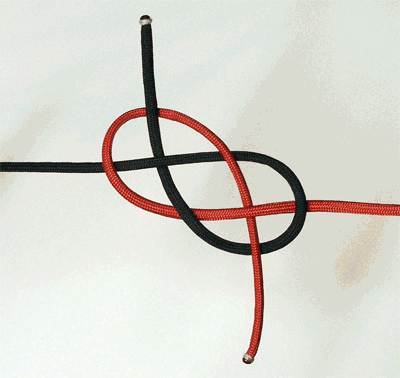
Common Types of Bends
Square Knot: The square knot, also known as the reef knot, is one of the most well-known and widely used bends. It involves interlocking the ends of two ropes to create a flat and symmetrical knot. The square knot is versatile and often used for bundling items or joining ropes of similar diameter.
Sheet Bend: The sheet bend is designed for joining ropes of different diameters. It allows for a secure connection without causing the thinner yarn to slip out. The sheet bend is commonly used in camping, boating, and other outdoor activities.
Double Fisherman’s Knot: The double fisherman’s knot is a bend that creates a secure loop or “eye” at the rope’s end. It is often used in climbing and can serve as a stopper knot to prevent strings from slipping through openings.
Braids
Braids, conversely, are a type of knotting technique used to create decorative and intricate patterns by weaving multiple strands of rope or cord together. Unlike bends, primarily used for functional purposes, braids serve both practical and artistic functions.
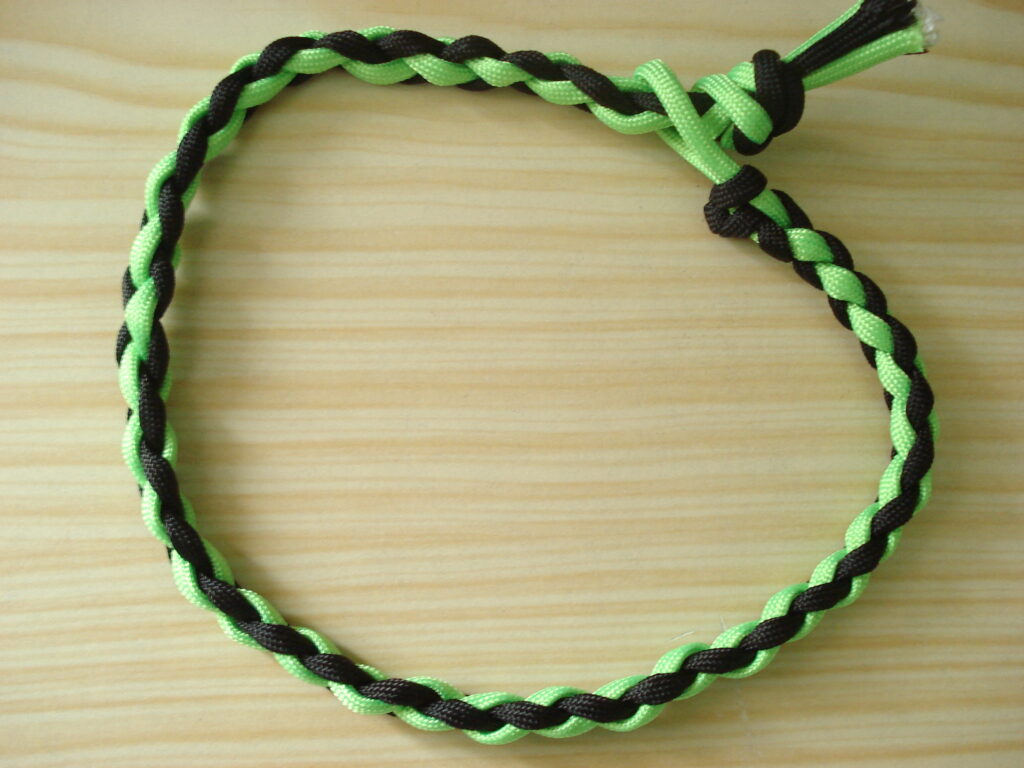
Common Types of Braids
Cobra Weave: The cobra weave is one of the most popular and widely recognized paracord braids. It involves weaving alternating half-hitches to create a tight and stylish design. The cobra weave is often used to make bracelets, lanyards, and keychains.
King Cobra Knot: The king cobra knot is an advanced variation of the cobra weave. It involves layering a second cobra weave over the first, resulting in a thicker and more intricate design. The king cobra is visually appealing and creates a durable and wide paracord band.
Dragon’s Tongue: The dragon’s braid resembles a dragon’s tongue, with a central colored strip flanked by woven edges. It creates an eye-catching pattern often used for larger projects like belts and straps.
Uses of Bends and Braids
Camping and Outdoor Activities: Bends extend ropes for various camping tasks, while braids are famous for crafting paracord gear and accessories like bracelets and keychains.
Climbing and Mountaineering: Bends create secure rope systems, while decorative braids are used for identification and personalization.
Crafting and DIY Projects: Braids are widely used for creating decorative elements in crafting and DIY projects, while bends are handy for connecting different materials.
Decorative Knots
Decorative knots, also known as ornamental knots or fancy knots, focus on creating aesthetically pleasing and intricate patterns rather than serving functional purposes like hitches and bends. These knots are often used in various crafts, arts, and DIY projects to add beauty, complexity, and elegance to the finished product.
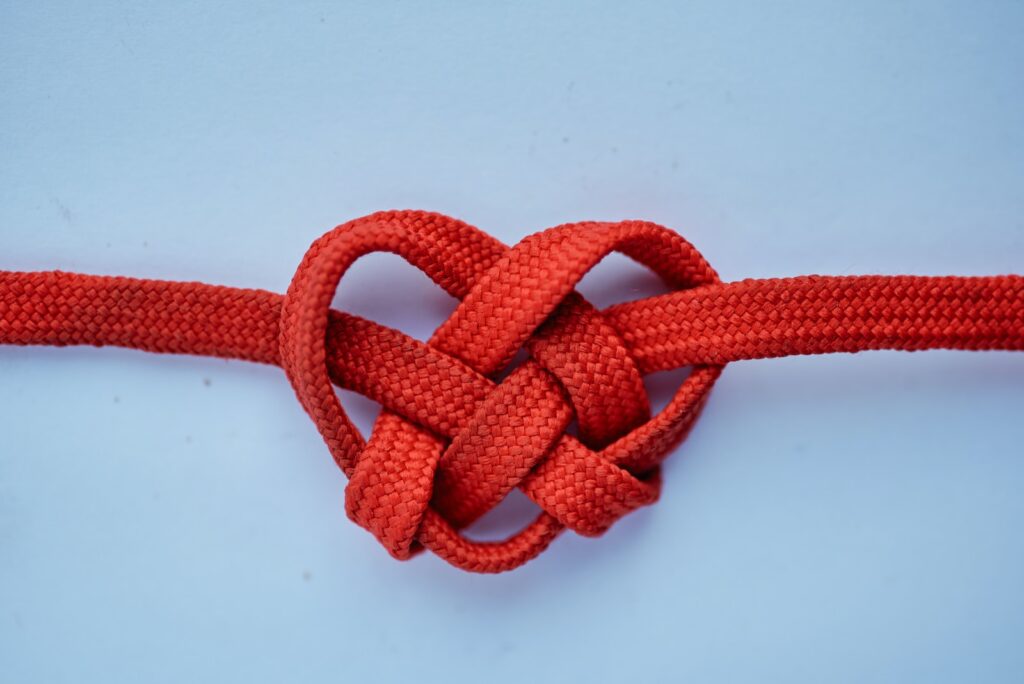
Common Types of Decorative Knots
Turk’s Head Knot: The Turk’s Head is a classic decorative knot that forms a cylindrical band with a repeating pattern. It is often used as a decorative element for handles, staff, and walking sticks.
Snake Knot: The snake knot creates a serpentine pattern resembling a snake’s body. It is commonly used in paracord projects and makes stylish and durable bracelets.
Chinese Button Knot: The button knot forms a round, flat, button-like shape and is often used as a closure for bracelets and other accessories.
Solomon Bar Knot: Also known as the cobra stitch, the Solomon Bar creates a wide and flat pattern that can be used for larger projects like belts and straps.
Diamond Knot: The diamond knot forms a diamond-shaped knot and is used as a decorative stopper for the end of ropes or laces.
Uses of Decorative Knots
Decorative knots find applications in various crafts and DIY projects:
Jewelry Making: Decorative knots add a unique touch to jewelry, such as necklaces, bracelets, and anklets, enhancing their appearance.
Home Decor: Decorative knots can be incorporated into home decor items like curtain tiebacks, coasters, and wall hangings.
Gift Wrapping: Small decorative knots can add flair to gift wrapping, turning a simple package into an elegant present.
Boating and Nautical Decor: Decorative knots have a rich history in maritime culture and are used for decorative purposes on boats, yachts, and nautical-themed decor.
We’ve explored essential paracord knots for beginners, including hitches and loops for securing items and creating handles, and bends and braids for joining ropes and crafting decorative patterns. From the simple and functional square knot to the intricate and stylish cobra weave, each knot serves its unique purpose, adding beauty and utility to your projects.
Share your thoughts with us in the comments section below!
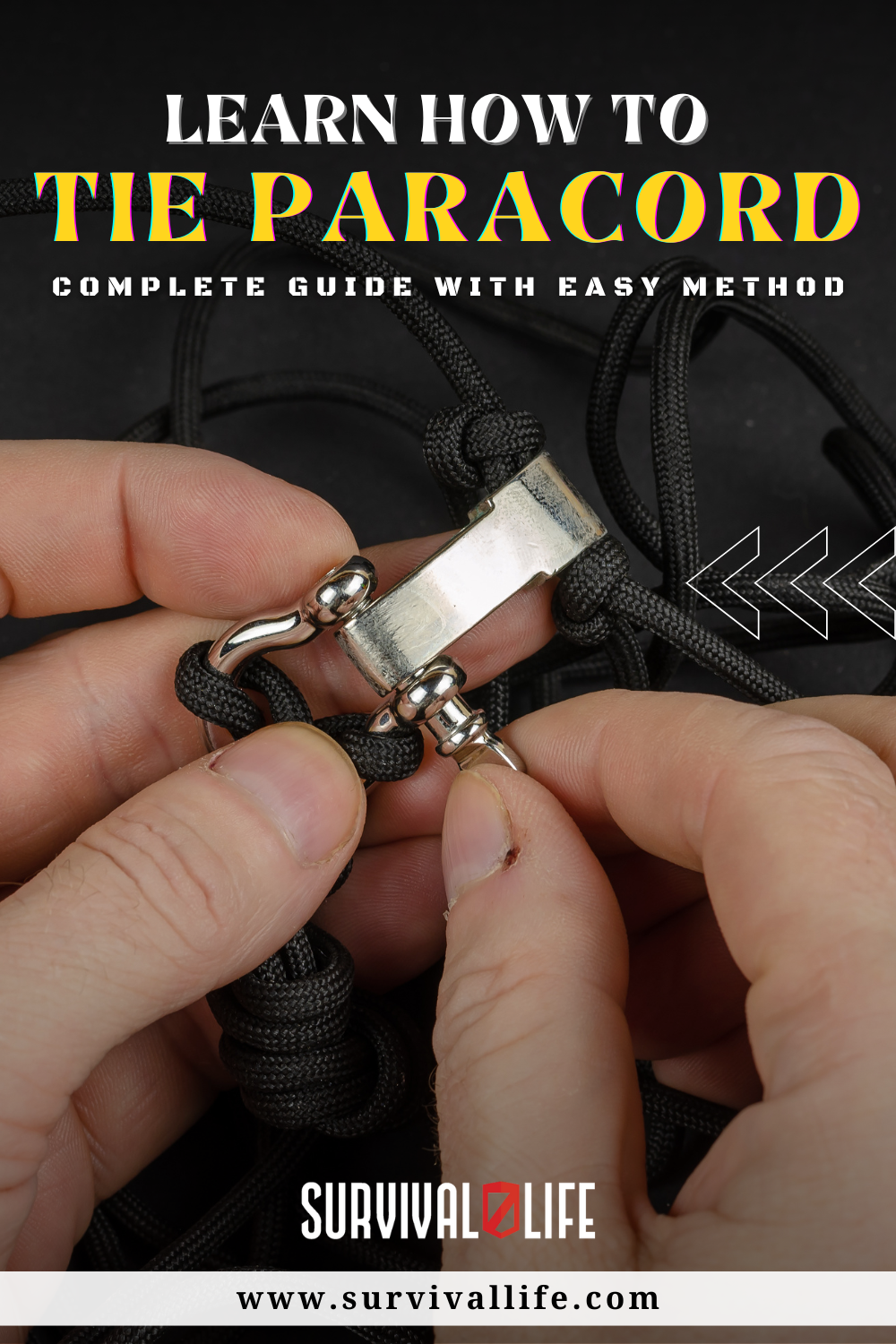
Up Next:
- 7 Steps How to Make a Paracord Bracelet
- 19 Must-Visit Survivalist Stores for Your Next Adventure
- 13 Best Combat Survival Knives
Follow us on Facebook, Instagram, Twitter, and Pinterest!
Disclaimer: All content on this site is for informational purposes only. Please read our full disclaimer here.


